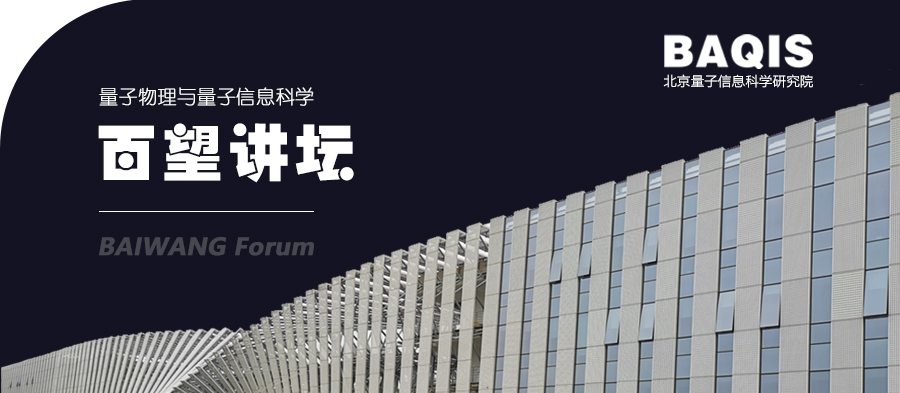Baiwang Forum 77: New directions in microstructured quantum matter
2025/07/28

【Date and Time】31-July-2025 2:00pm (Beijing time)
【Venue】Room 620
【Host】Hongqi Xu (BAQIS)
【Title】New directions in microstructured quantum matter
【Speaker】
Prof. Philip J.W. Moll currently heads the Microstructured Quantum Matter department at the Max Planck Institute for Structure and Dynamics of Solids in Hamburg while holding a professorship at the University of Hamburg. Following the completion of his doctoral studies at ETH Zurich in 2012, academic appointments at EPFL and the Max Planck Institute in Dresden preceded his current roles. His research expertise lies in quantum materials and superconductivity, with recognition including an ERC Consolidator Grant and the Nicholas Kurti Science Prize. In 2025, he was elected as an APS Fellow for his contributions to the field.
【Abstract】
Quantum materials offer novel response functions, both conceptually interesting as wellas of practicaity in electronics. The unifying theme of this fuzzy materials group is thatquantum mechanics manifests itself in unusual ways, going beyond band structures thatdefine copper and silicon. They inherit their rich physics from peculiar arrangementsof atomic orbitals, as foundin complex compounds combining many elements. As such.they promise new platforms for implementations of quantum technologies. Key toquantum mechanics, as any wave mechanics, is the fundamental importance of theboundary condition as for example in the well-known particle-in-a-box states. Hencenaturally the response functions of many quantum materials depend on and can be tunedby their 3d shape. The main scientific mission of our department of microstructuredquantum matter is to establish the shape-property relations of quantum materials. Shapeeffects can be expected only at relevant length scales of the physics at hand. such ascoherence lengths, penetration depths, mean-free paths, Fermi wavelength, etc. andhence appear on the mesoscale. To that end, wepioneer Focused lon Beam (FlB) basedmethods to shape as-grown single crystals on the micro- to nano-meter scale. I willreview current research thrusts in our department, with an emphasis on Kagomesuperconductors, chiral edge state design in 3D semi-metals and superconductingvortex functionality.
 中文
中文 Email
Email QCloud
QCloud Log in
Log in
